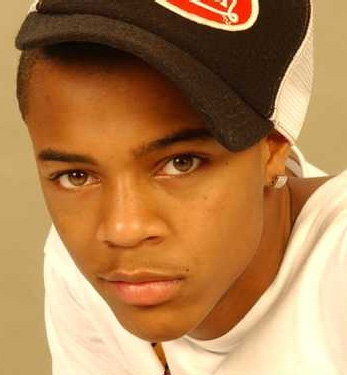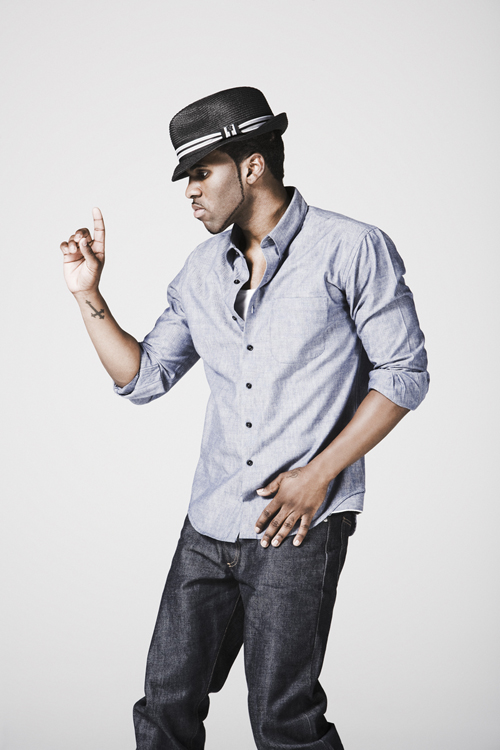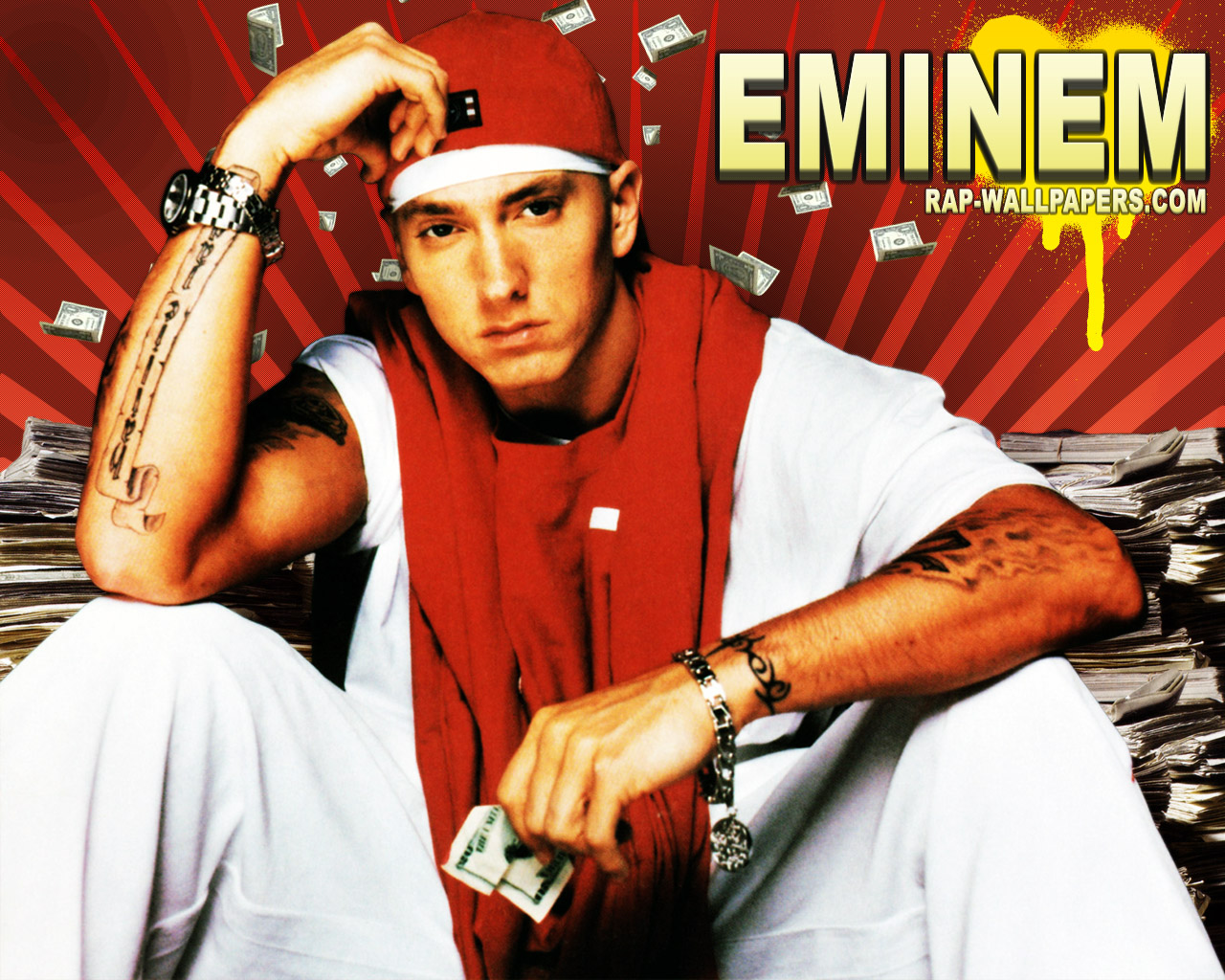The automobile as we know it was not invented in a single day by a single inventor. The history of the automobile reflects an evolution that took place worldwide. It is estimated that over 100,000 patents created the modern automobile. However, we can point to the many firsts that occurred along the way. Starting with the first theoretical plans for a motor vehicle that had been drawn up by both Leonardo da Vinci and Isaac Newton.
In 1769, the very first self-propelled road vehicle was a military tractor invented by French engineer and mechanic, Nicolas Joseph Cugnot (1725 - 1804). Cugnot used a steam engine to power his vehicle, built under his instructions at the Paris Arsenal by mechanic Brezin. It was used by the French Army to haul artillery at a whopping speed of 2 1/2 mph on only three wheels. The vehicle had to stop every ten to fifteen minutes to build up steam power. The steam engine and boiler were separate from the rest of the vehicle and placed in the front (see engraving above). The following year (1770), Cugnot built a steam-powered tricycle that carried four passengers
Monday, June 7, 2010
Types
Solo • Partner • GroupCeremonial • Competitive • Concert • Participation • Social
Genres
Acro • Ballet • Ballroom • Baroque • Belly • Bhangra • Bharatanatyam • Breakdance • Country-western • Disco • Erotic • Folk • Forró • Hip-Hop • Jazz • Kabuki • Kathak • Kathakali • Krumping • Kuchipudi • Lap • Manipuri • Mohiniyattam • Odissi • Sattriya • Sequence dancing • Street dance • Swing • Tango • Tap •
Technique
Choreography • Connection • Dance theory • Lead and follow • Moves (glossary) • Musicality • Spotting • Turnout
See also
Costumes • Etiquette • History • List of dances • Music • Notation • Outline • Research • ScienceDance and health • Dance in film • Dance in mythology and religion
Solo • Partner • GroupCeremonial • Competitive • Concert • Participation • Social
Genres
Acro • Ballet • Ballroom • Baroque • Belly • Bhangra • Bharatanatyam • Breakdance • Country-western • Disco • Erotic • Folk • Forró • Hip-Hop • Jazz • Kabuki • Kathak • Kathakali • Krumping • Kuchipudi • Lap • Manipuri • Mohiniyattam • Odissi • Sattriya • Sequence dancing • Street dance • Swing • Tango • Tap •
Technique
Choreography • Connection • Dance theory • Lead and follow • Moves (glossary) • Musicality • Spotting • Turnout
See also
Costumes • Etiquette • History • List of dances • Music • Notation • Outline • Research • ScienceDance and health • Dance in film • Dance in mythology and religion
During the first millennium BCE in India, many texts were composed which attempted to codify aspects of daily life. In the matter of dance, Bharata Muni's Natyashastra (literally "the text of dramaturgy") is the one of the earlier texts. Though the main theme of Natyashastra deals with drama, dance is also widely featured, and indeed the two concepts have ever since been linked in Indian culture. The text elaborates various hand-gestures or mudras and classifies movements of the various limbs of the body, gait, and so on. The Natyashastra categorised dance into four groups and into four regional varieties, naming the groups: secular, ritual, abstract, and, interpretive. However, concepts of regional geography has altered and so have regional varieties of Indian dances. Dances like "Odra Magadhi", which after decades long debate, has been traced to present day Mithila-Orissa region's dance form of Odissi, indicate influence of dances in cultural interactions between different regions.[4]
From these beginnings rose the various classical styles which are recognised today. Therefore, all Indian classical dances are to varying degrees rooted in the Natyashastra and therefore share common features: for example, the mudras, some body positions, and the inclusion of dramatic or expressive acting or abhinaya. The Indian classical music tradition provides the accompaniment for the dance, and as percussion is such an integral part of the tradition, the dancers of nearly all the styles wear bells around their ankles to counterpoint and complement the percussion
From these beginnings rose the various classical styles which are recognised today. Therefore, all Indian classical dances are to varying degrees rooted in the Natyashastra and therefore share common features: for example, the mudras, some body positions, and the inclusion of dramatic or expressive acting or abhinaya. The Indian classical music tradition provides the accompaniment for the dance, and as percussion is such an integral part of the tradition, the dancers of nearly all the styles wear bells around their ankles to counterpoint and complement the percussion
Subscribe to:
Comments (Atom)











